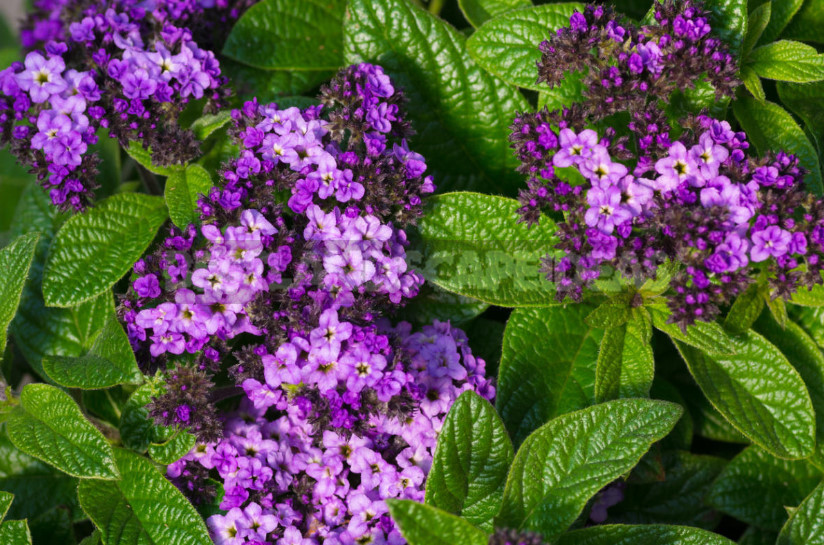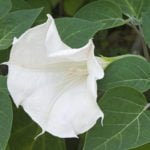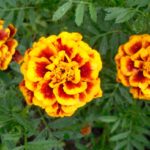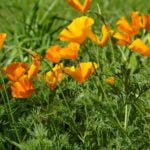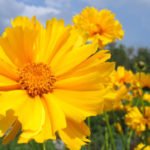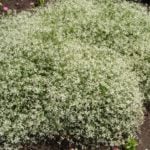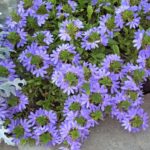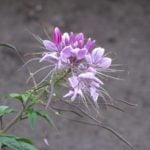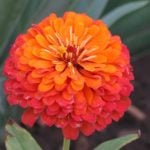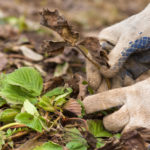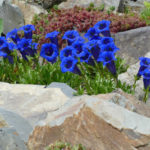Choosing flower crops for your garden flower bed, you should definitely pay attention to the charming Heliotropium, which will complement any landscape and create a unique emphasis on the site. Lush inflorescences of this plant will not only please with its high decorative, but also fill the entire surrounding area with a delicious aroma of vanilla.
Thanks to this rare property Heliotropium is widely used not only in floriculture, but also in the perfume industry, which has long been used for the manufacture of perfumes and various cosmetics. In addition, this amazing flower has another unusual quality: during the day unfolds its inflorescences to the sun as it passes through the sky (in Greek “helios” means the sun, and “trope” — turn).
Plant description
Homeland Heliotropium, belonging to the family Boraginaceae, — South America, where it spread to many countries. But if in the tropical and subtropical climate, this flower grows in one place for many years, then in winter it invariably freezes and therefore in the open ground is cultivated as an annual plant.
However, this quality does not prevent Heliotropium conquer the hearts of gardeners. The eye is riveted not only by its thyroid inflorescences, made up of many small flowers and sometimes reaching a diameter of 20 cm, but also large dark green leaves of back-ovoid shape, having a wrinkled or wavy texture and covered with small pubescence.
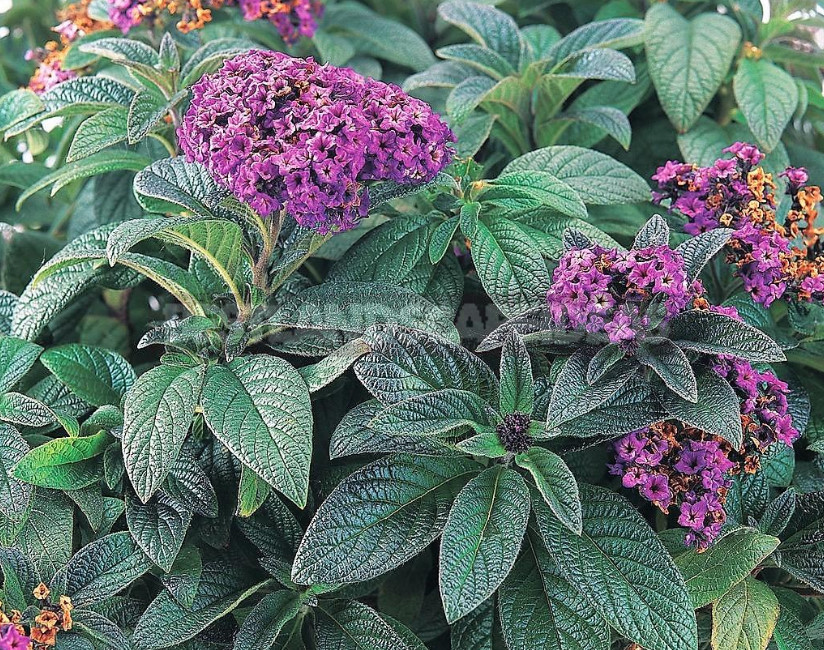
Depending on the variety of bushes of this plant are from 20 to 60 cm in height, and the inflorescences can be dark purple, bright purple, blue or white. And because catchy and fragrant Heliotropium can act as an additional element of any group planting, and its undersized representatives will look spectacular in hanging pots and street pots.
Cultivation
Heliotropium, grown from seed, blooms in 3-4 months. To fully enjoy the flowering, continuing until the onset of cold snap, it is necessary to sow seedlings in late February or early March.
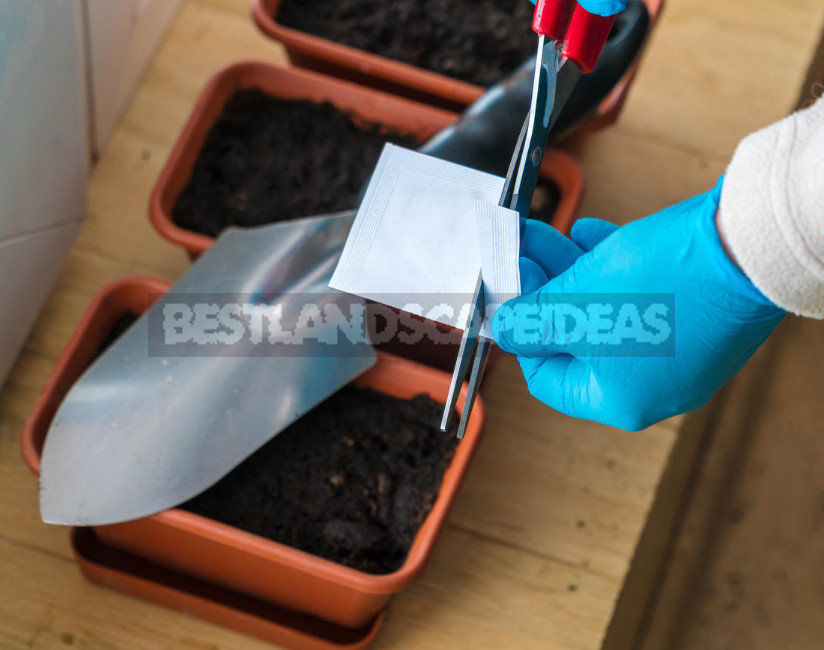
The soil mixture, which must be fertile and loose, can be prepared independently. To do this, mix in equal proportions ripened humus, sand and peat. Suitable prepared substrate intended for the cultivation of flower seedlings. But in both cases, before planting seeds, the seedling soil should be steamed or shed with a strong solution of potassium permanganate for disinfection.
Heliotropium seeds after sowing in a box filled with moist soil, cover with a layer of earth no more than 1-2 mm.then the container is covered with a film and left at a temperature of +18…+20°C.
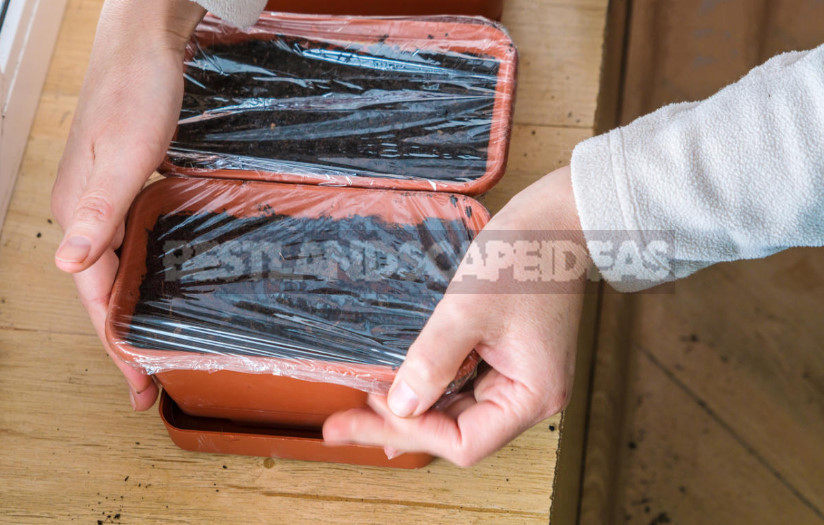
The appearance of shoots takes from 1 to 3 weeks, after which the film should be removed and rearrange the container on a light windowsill. Heliotropium is kept at a temperature of +20…+23°C, periodically watered, and after 12-14 days after germination fed any complex drug according to the instructions.
With the advent of the seedlings of two leaves I need to separate them into individual pots with a depth of 9-10 cm Using a week after the transplant, it makes sense to repeat the feeding every fertilizer for seedlings.
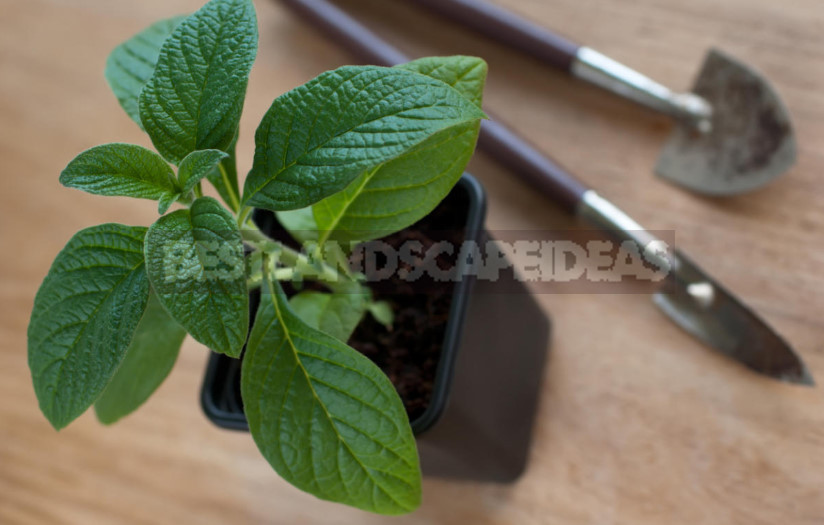
When the seedlings grow to 10-12 cm, you need to pinch each of them a point of growth. This procedure stimulates the appearance of lateral shoots and makes it possible in the future to get more lush and abundantly flowering bushes.
Transplanting into the ground
Hardened seedlings are planted in the open ground, when the threat of return frosts completely passes-in late may or early June. Thermophilic and photophilic Heliotropium is located in an open Sunny place, the soil for it is pre-dug with the addition of organic matter. On heavy soils, it is good to make sand for digging, and to the sandy soil, on the contrary, add clay.

Seedlings are transplanted by transshipment into wells located at a distance of 30-50 cm (depending on the growth strength of a variety). Then slightly condense the earth around plants and abundantly watered.
Maintenance
In order Heliotropium pleased with succulent foliage and have formed large buds, you need to surround with care and attention. To this end, 10-14 days after planting seedlings begin to carry out feeding. Excellent effect gives alternation with an interval of 2 weeks of solutions of organic and complex mineral preparations. Feeding is best done in the evening after another watering.
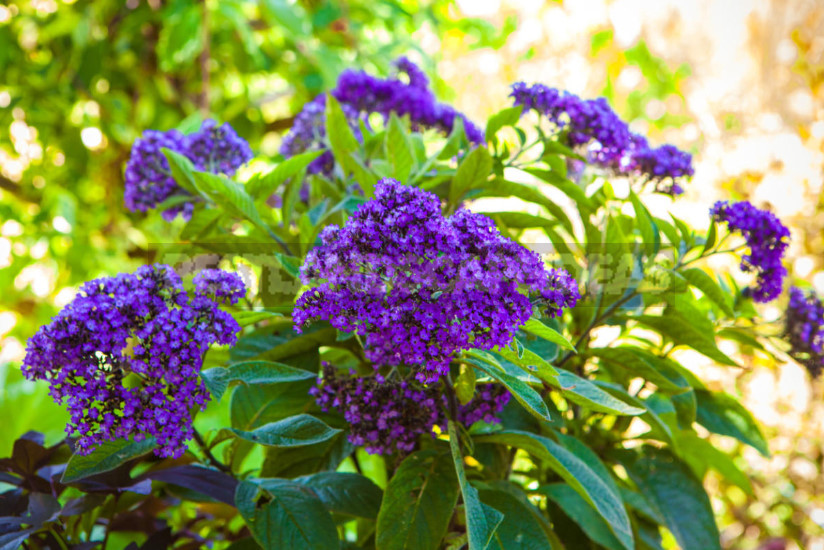
And to watering Heliotropium is very demanding: the soil under this plant should be constantly moderately moistened. In drought, the flower quickly loses its decorative effect, so it will need to be watered almost every day. And with enough rainfall with watering, on the contrary, you need to be careful: with excess moisture Heliotropium affected by fungal diseases.
For those gardeners who have no opportunity to be constantly at the dacha, it is possible to advise to mulch the soil around plants the mowed and slightly dried grass, straw, sawdust or shaving. This will help to retain moisture in the soil longer and at the same time eliminate the need to regularly loosen and weed the flower bed. And in rainy weather, on the contrary, will protect the bushes from contact with the damp earth and reduce the risk of fungal infections.
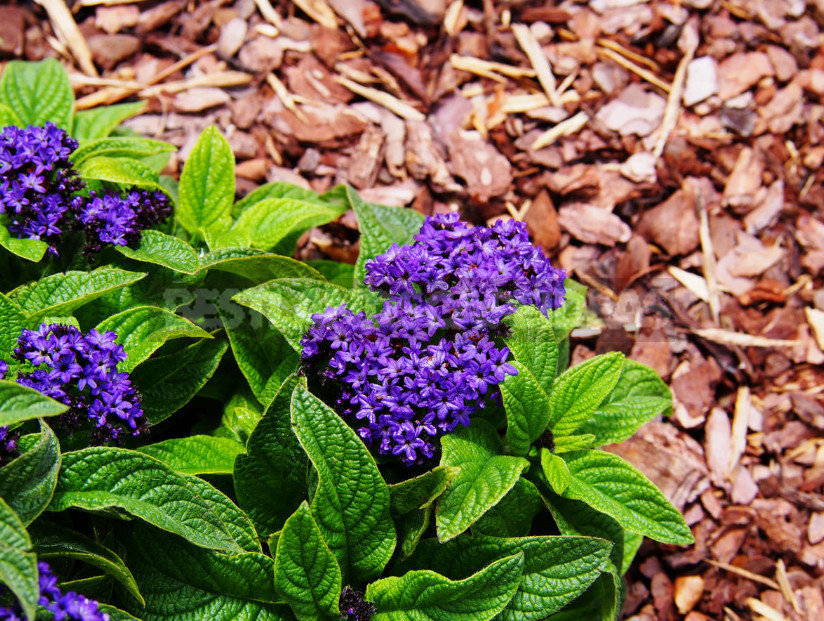
In rainy cool summers or with excessive watering (especially cold water) Heliotropium can be affected by gray rot and rust. At the first sign of the disease, the plants should be sprayed with a fungicide solution, and then repeat the procedure, withstanding the desired time interval specified in the instructions to the selected drug.
In addition, the health of Heliotropium is often threatened by aphids, spider mites and whitefly. Insecticides are used against them.
Wintering in temperate climates
You should definitely reveal the important secret of Heliotropium. Shortly before the frost one of the bushes growing in the open ground, you can carefully dig, transplanted into a pot and move to the home windowsill. At a temperature in the range of + 15…+17°C and sufficient lighting (for example, when using additional lighting) plant overwinters perfectly indoors. Next spring it can be planted again in the flower garden.
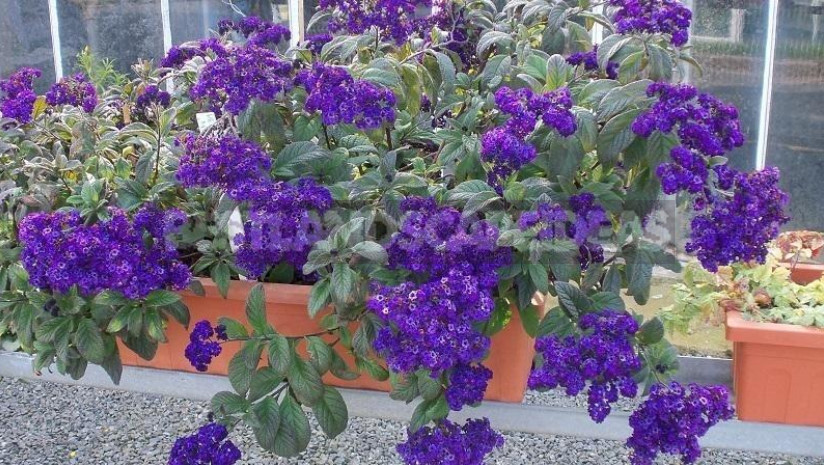
In addition, this flower is used as a mother plant for additional planting material. To do this, in late February or early March, cut off the tops of its shoots 4-5 cm long and remove the lower leaves from the cuttings. The upper pair of sheet plates is shortened by half, the sections are powdered with a powder-stimulator of root formation and planted in capacious peat tablets. Rooted cuttings are cared for in the same way as seedlings, and with the arrival of sustainable warming, they are transplanted to a flower bed.
Types and varieties
Wild representatives of this culture are very diverse, but scientists managed to cultivate only a few of them. The most common was Heliotropium peruvianum, also known as H. arborescens.
The plant is a densely leafy shrub up to 60 cm and decorated in the flowering period a blue or purple flowers with a diameter of about 10-15 cm On its basis, breeders have developed a sufficient number of varieties and hybrids. They got accustomed on personal plots and every year find more and more admirers.
Among them is to highlight the short variety ‘Mini Marine’, characterized by compact Bush and reaching a height of 30-35 cm Leaf socket of this variety has a rich dark green color, and large fragrant inflorescences bright purple-blue color.
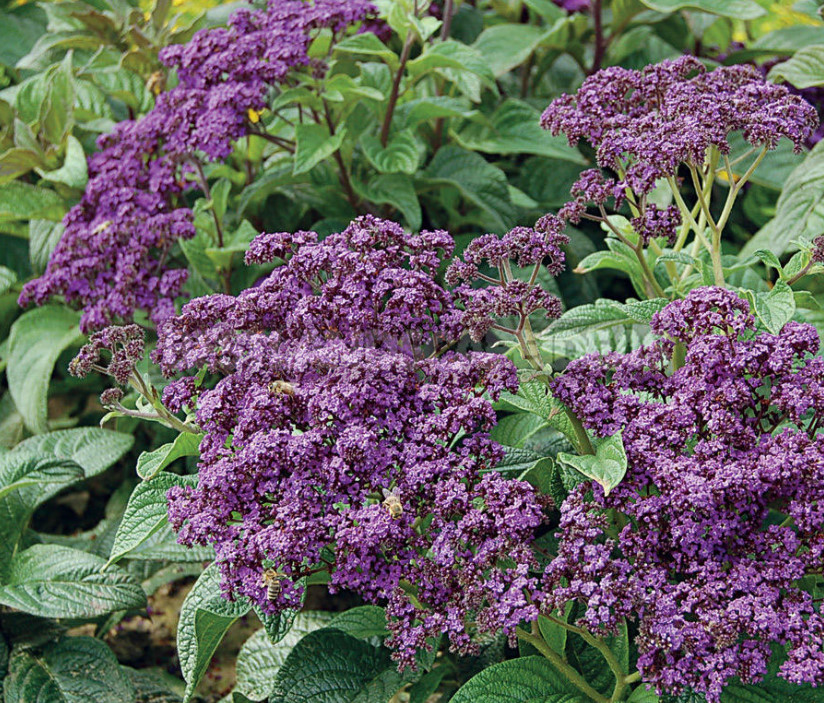
No less beautiful is the popular variety ‘Black Beauty’, reaching a height of 40 cm and strewn during flowering bright corymbose inflorescences, painted in a rich purple hue and thinning delicate aroma.
Very interesting cultivar ‘Fragrant Delight’ grows to a height of 35-40 cm is unusual inflorescences composed of flowers, the Central part of which is painted in a soft lavender color.
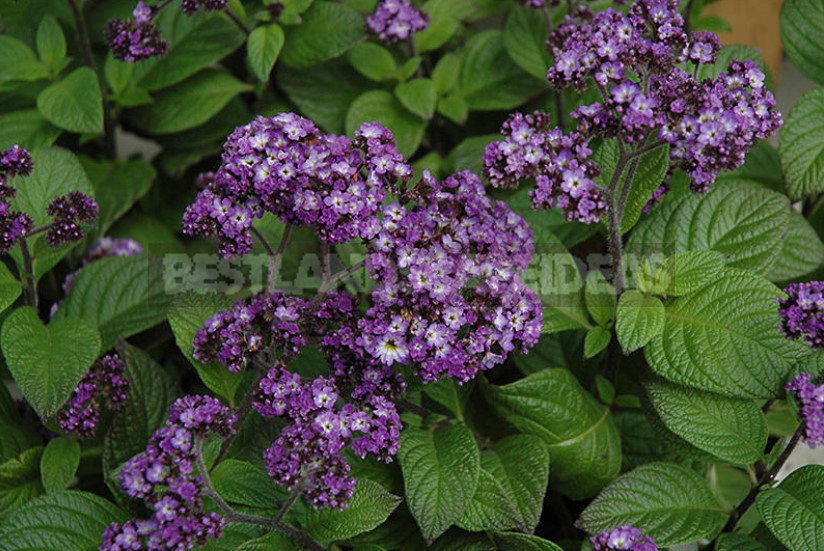
You should definitely pay attention to the miniature variety ‘Regal Dwarf’. Shoots do not grow above 30 cm, but this does not prevent them during flowering to form a very lush fragrant inflorescences incredibly attractive dark blue color.
Will not leave you indifferent delightful variety ‘White Lady’, forming a compact shrub of a spherical shape with a height of about 40 cm In the period of budding shrub is covered with large inflorescences with numerous pink buds, which, when blooming, turn into white caps.
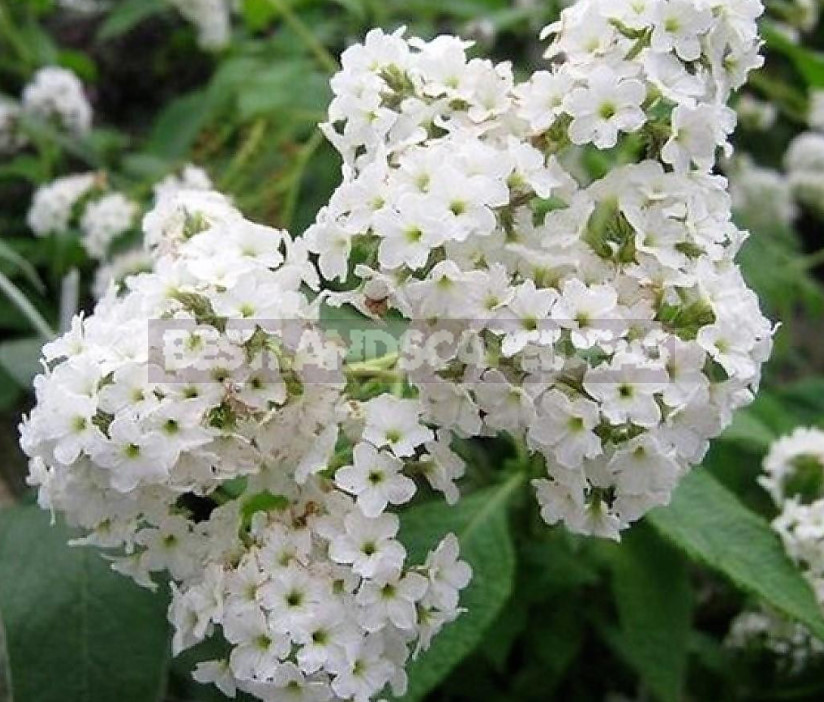
With proper care, none of the varieties of Heliotropium will not go unnoticed. This plant will help to decorate the garden flower bed in the best way and create a spectacular accent on the site, and the delicate aroma will add a sense of comfort and peace to the overall picture.
